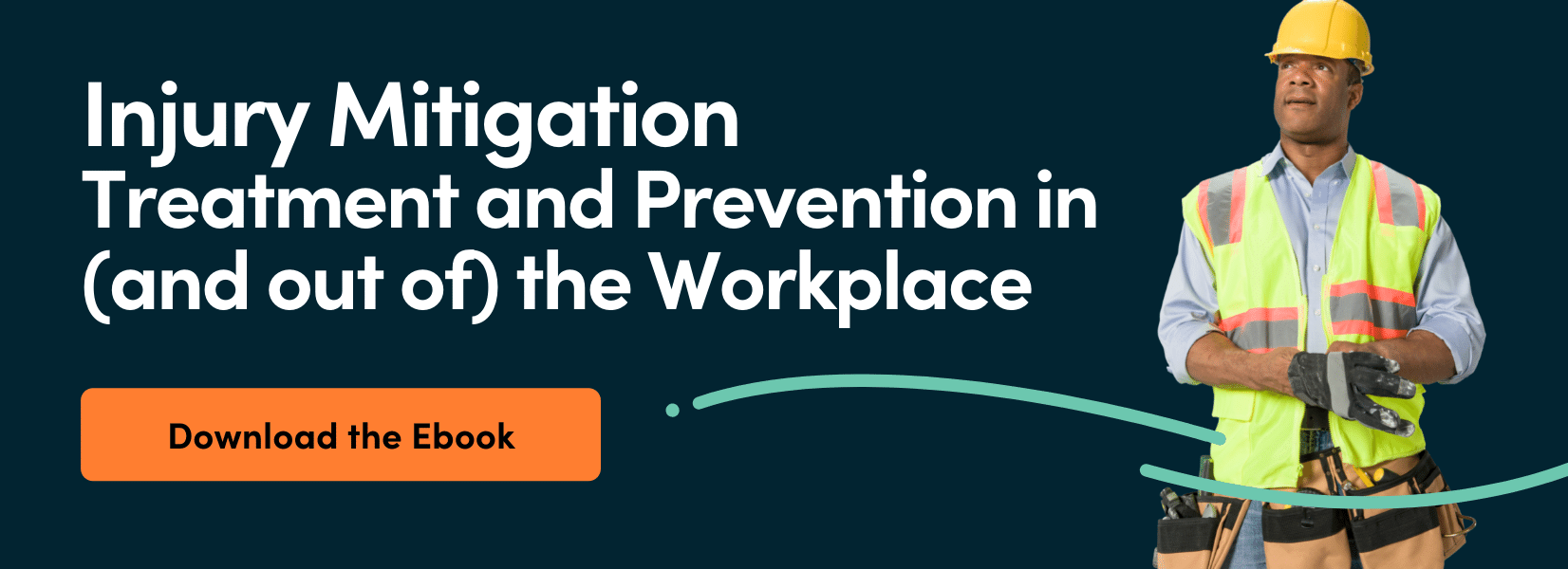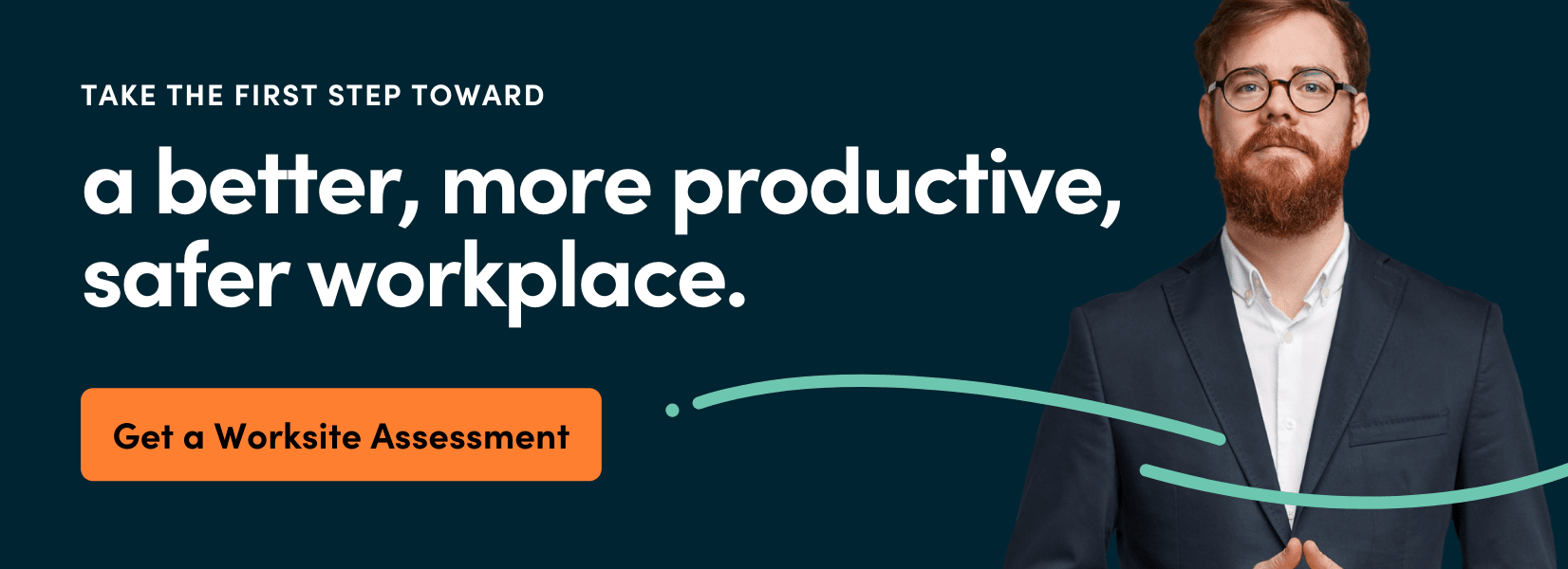As an onsite physical therapist, I have seen an increase lately in the number of workers coming to me with aches and pains related to their current job demands. In many of these cases, the worker has struggled for some time to stay productive due to the physical challenges of their job.
This leads to mental stressors of keeping up with co-workers, meeting production benchmarks, and general unhappiness in the workplace. This is a recipe for a more serious injury, lost production, and eventually employee turnover. All of these, individually and collectively, are very costly for employers.
Hire the right employee and not the next injury.
As I was sharing the trends I have been seeing in the workplace a co-worker commented, “Hire the right employee and not the next injury.” Brilliant right? But how? In a two-part post, I'll answer this question, discussing how employers can proactively avoid this trend and begin hiring the next employee and not the next injury.
In my past work history, I have held many different jobs. As I worked to raise a family and navigate undergrad and graduate school I got some real-world experience in several work settings. One of those jobs was in a furniture factory. My position was that of material supply coordinator. Sounds pretty cool right? You may have envisioned me sitting in an office ordering wood, fasteners, glue, stains, and the like in a conditioned environment. Well, you would be way off!
My job entailed gathering and transporting every item needed to keep an assembly line moving. I spent 10 hours a day walking on concrete floors and frequently lifting up to 75 pounds in a warehouse with no air conditioning in the middle of a Georgia summer. I was a fairly fit 23-year-old, about 150 pounds soaking wet. After a couple of months, I began experiencing some pretty significant musculoskeletal issues. I needed the job and pushed ahead despite my body’s warnings. By the end of the year, I had developed back pain that eventually led me to seek a different job. Could something different have been done? Sure. A different work environment, more support, training, and ergonomic assistance could have prevented some of the issues. What would have been more effective was to find out before I was hired if I could physically perform the job demands.
Pre employment physical testing is not a new concept.
Many companies utilize post-offer drug screens to avoid hiring individuals that bring unintended safety issues into the workplace. Testing post-offer applicants to see if they are physically capable of safely performing the job demands can be an extremely valuable screening tool that is effective in reducing the number of physically incapable new hires.
In fact, a 2005 study published in the American Journal of Industrial Medicine showed that individuals that passed a physical ability test had low back injury rates of 3% as compared to a 33% injury rate for those that did not perform well in a PAT. Pre employment physicals and job-specific screenings have shown the ability to reduce workers' compensation spend, OSHA recordable injury rates, and DART significantly.
A study performed by the University of Illinois shows pre employment physical ability testing resulted in a reduction of injury rates of nearly 20% and a return of $18 for every $1 spent on testing.
Additional studies confirm that physical ability testing prior to hiring can reduce turnover, reduce injury rates and significantly reduce workers' compensation spend. When performed correctly, a pre employment physical simply allows an employer to hire the right person for the job from a physical demands perspective.
A well-crafted physical abilities program that is tailored to specific job demands allows employers to hire employees that are better qualified, injured less often and the injuries they do sustain are far less costly. Make the decision today to utilize the benefits of physical ability testing and begin hiring the right employee and not the next injury.






